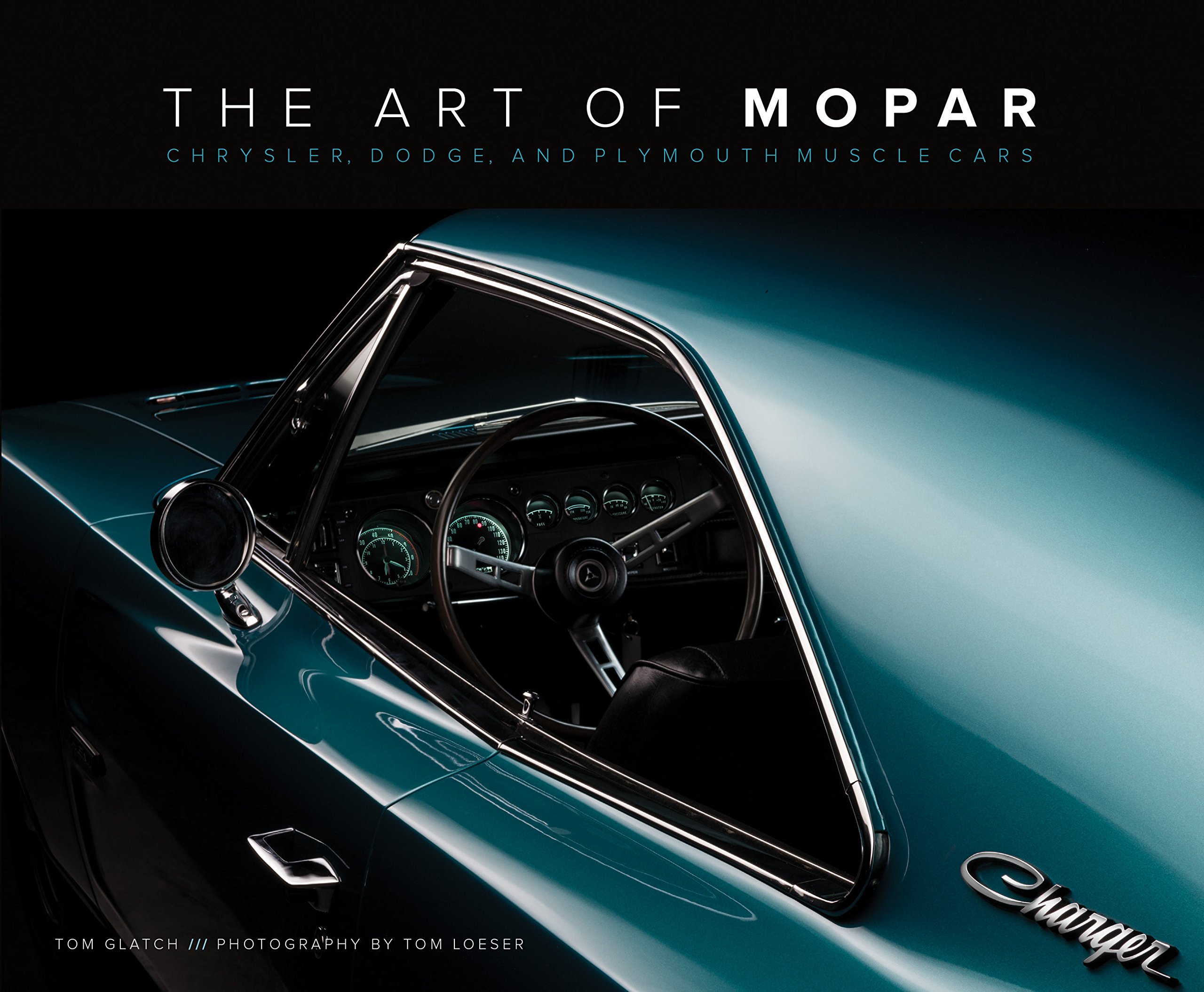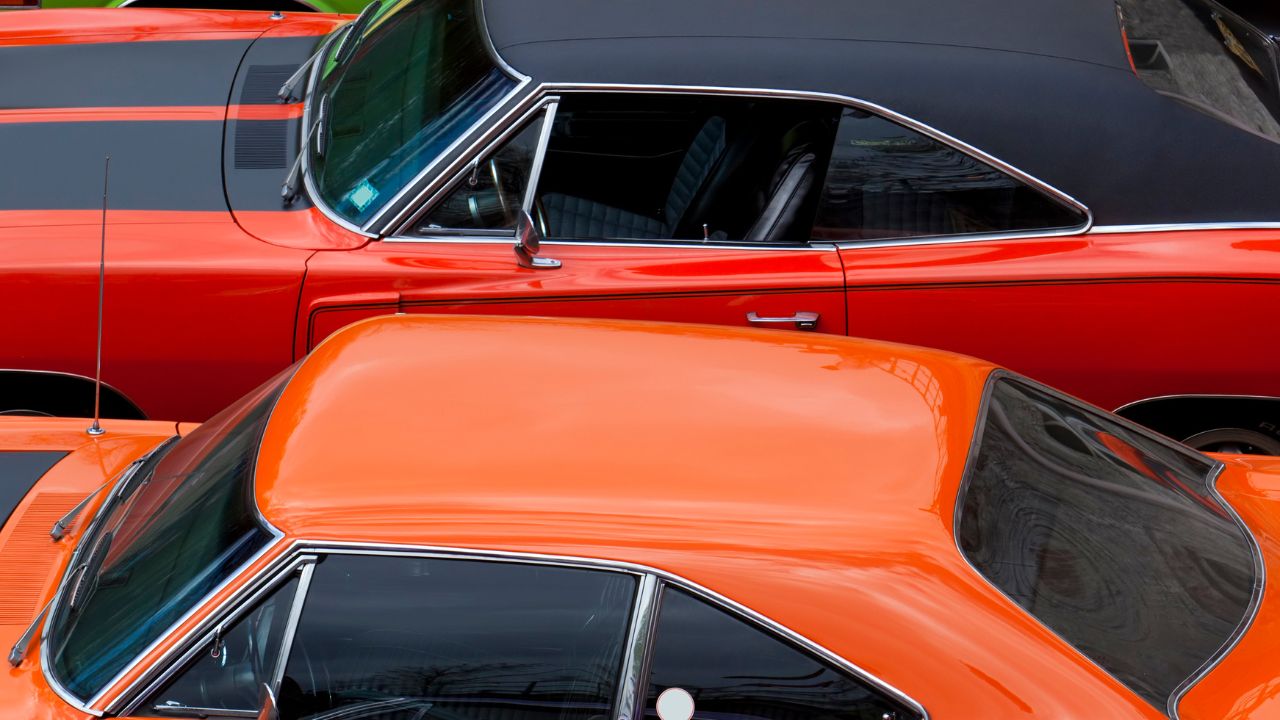
It's difficult to choose one of the many types of police cars that were available in the 1990s. This article will focus on the Ford Crown Victoria Police Interceptor (or Dodge Diplomat), Plymouth Gran Fury (or Camaro) and Dodge Diplomat (or Plymouth Gran Fury). Each car is unique and has its own qualities that make them excellent police cars. There is one car that stands out from all the rest: The Camaro.
Ford Crown Victoria Police Interceptor
The Ford Crown Victoria Police Interceptor was a midsize police car that was built on a body-on-frame platform. It was a popular choice for taxi companies, law enforcement organizations, and fleet buyers. Because it was built on a frame and body, repairs were quick and easy. There are however some limitations to this vehicle. This article will discuss some of them. This vehicle may not be the right one for you.
To prevent any stabbing from suspects in its rear seat, the police car was constructed with a stab resistant steel plate in the backseat. A break is also included in the seat of the police car for additional safety. It features a column-mounted shifting mechanism for easy operation. It is equipped with an all-wheel-drive powertrain. The vehicle boasts larger brake drums and an advanced ABS with cooling system.

Dodge Diplomat
The 1988-1990 Dodge Diplomat Police car was a stylish, reliable machine which made it the ideal vehicle for fleet use. The car featured a 318ci V8 engine with roller valve lifters, rated at 140 horsepower. Although the Lean Burn ignition system was still in use in 1988, it had worked out its kinks. Many movies and TV shows featured the car in 1980s.
The Dodge Diplomat is the only intermediate Dodge model. It was the second-best-selling vehicle in 1977. The Diplomat featured a padded kneeblocker on the instrument panel in front. The top was completed with a black vinyl cap. Police fleets also liked the Diplomat for its reliability and affordability. It didn't last very long, and in 1990 the Dodge Dynasty replaced it.
Plymouth Gran Fury
1989 Plymouth Gran Fury Police Car was one of the last full-size R body police cars made by Mopar. It comes with a 318ci V8 motor and an automatic TorqueFlite transmission. It is only 67,000 miles old and has had a police package modified. The original purpose of the burgundy paint scheme is to be displayed in a New Jersey museum. Gran Fury is a police automobile with a limited production.
Gran Fury's hardtop and pillared design are the first ever of their kind. The vehicle debuted in 1970 as a pillared coupe, but was later restyled with a two-door hardtop body in 1971. The Fury Gran Sedan hardtop sedan was introduced in the following year. Only a few Furys were sold to police departments during the 1970s. However, the model was a great success.

Camaro
The Boones Mill, Virginia, police department ordered a 1990 Chevrolet Camaro on the first day of production, when the B4C package was available. The car had a 5.7-liter V8 engine and an automatic transmission. It has 73,000 km on the drivetrain. Also, the B4C option adds 16-inch alloy wheels, an engine oil cooler and disc brakes on all 4 corners. The seller plans to sell the car for $20,000 which would make it an attractive investment.
Although the GM Camaro was a highly successful car, it wasn't a great police car. The Chevrolet B4C was preferred by the police. The Chevrolet B4C was powered by a Corvette-inspired 5.7-liter V8. It could reach speeds up to 150 mph. This car was a favourite among state troopers. This car also had more horsepower and was faster than its predecessor.
FAQ
How long does an apprenticeship in automotive mechanics last?
The apprenticeship to become an automotive mechanic takes about three years. It includes two years of school and two years as an apprentice. The first year is dedicated to learning the theory and practical skills of the trade. During this time, you'll also learn how to use tools safely and efficiently. After the first year, a second year will be spent on-thejob training. This year you'll get experience in different trades. You'll have the opportunity to attend formal courses during these periods too.
The final year of this program is spent in obtaining qualifications and becoming certified in your field. These include NVQs or National Vocational Qualifications. These are earned after passing exams that cover specific topics in the industry. The HNCs (Higher National Certificates), on the other hand, cover general subjects like customer service and management. For those interested in pursuing certain trades, City & Guilds certificates are available.
What qualifications are necessary to become a mechanic
To become a mechanic, you'll need to pass a series of exams. These exams include:
-
A general knowledge exam
-
A practical exam
-
An apprenticeship test
These tests are meant to help you grasp the fundamentals of mechanical engineering and physics, before you begin your journey as a mechanic.
After passing these tests, you will be eligible to become a mechanic. You'll still need an apprenticeship. This will involve training in your trade.
To learn all you can about vehicle repair, you will need to take classes and workshops. Working alongside skilled mechanics is also a must.
For mechanic success, you'll need to be focused and meticulous. It is essential to pay attention to all aspects of vehicle repairs.
To be a successful mechanic, patience and perseverance are essential. If you don't like to follow instructions, then this may not be the right career path for you.
However, if you love cars or enjoy working on them, you might be happy in this field.
What qualifications does a truck mechanic need?
Although you don't need to have any formal qualifications, your experience working with trucks and engines is invaluable. Your experience is valuable because it allows you to diagnose problems quickly, efficiently and effectively.
Also, your knowledge of diesel technology will be a benefit as you can help us understand which parts are needed for our vehicles.
Is it hard to get work as an auto mechanic?
It is possible. Many garages post their vacancies online. Many people apply simply because they think it might make them feel good. You can apply for several places to see if they are accepting student applications if you want to get your foot in their door. If you don't know anyone working in the industry, ask your friends and relatives. They might be happy to recommend someone.
Statistics
- There were 749,900 jobs available for automotive service technicians and mechanics in 2016, which is expected to grow by six percent through 2026. (jobhero.com)
- The U.S. Bureau of Labor Statistics (BLS) reports that the job outlook for automotive service technicians and mechanics is expected to decline by 4% from 2019 to 2029. (indeed.com)
- 52% of Mechanics in the United States think their salaries are enough for the cost of living in their area. (indeed.com)
External Links
How To
How to correctly diagnose your vehicle for repairs
To determine if your car needs repairs, you should first look at the symptoms that your car presents. Follow these steps to properly diagnose your vehicle.
-
Check engine lights. You should inspect the dashboard lights, such as the engine light indicator and the oil pressure gauge. Also, check the battery light indicator. If any of them have been flashing for several days, it may mean something is wrong with your vehicle.
-
Examine the treads of the tires. Tires that are worn can cause issues with handling and braking. You should also inspect the wheel treads. You should ensure that they are clean and smooth. The best way to do this is to remove the wheels and take them off. To check the condition of your treads, use a flashlight.
-
Pay attention to the level of your brake fluid. You should always keep track of the amount of brake fluid in your vehicle. This will ensure that your brakes run smoothly. If your brake fluid level is low they might not work properly when you apply pressure.
-
Test the suspension system. The suspension system in vehicles absorbs vibrations and shocks. It improves control and allows for smoother accelerations or decelerations. A suspension problem can cause your vehicle to feel wobbly and shake uncontrollably. You can test if your vehicle has a suspension problem by putting weight on either the front or back axle to see how it moves.
-
Take a look at the steering column. The steering columns are what connect the steering knob to the rest. Accidents often damage steering columns. Replace it if your steering column feels loose or unsteady.
-
Observe the exhaust pipe. Exhaust pipes move gases from combustion chamber to atmosphere. If your exhaust pipe leaks or cracks, it will allow harmful fumes into your cabin. Also, if your tailpipe is bent, you should fix it immediately.
-
Look under your hood. If you see anything unusual, take a look under the hood. Your engine could be leaking fluids. If you smell something strange coming from your engine compartment you should call a professional technician.
-
It is important to inspect the air filter. The outside environment collects dust and other particles in the vehicle's filter. Your vehicle will run less well if it has a dirty filter. Replace your air filter regularly.
-
Verify the fan belt. Your vehicle's fanbel is what connects the engine and the transmission. The engine will not turn if the fan belt breaks. Replacing the belt is simple. You will need a screwdriver, pliers and a pair of pliers.
-
The radiator hose and hoses should be checked. The radiator hose carries water from the radiator to the engine. If the hose becomes damaged or cracked, hot liquid can be emitted onto the engine. Repairing the hose is easy with a pair of needlenose pliers or a small wire brush.
-
You should inspect the windshield wipers. Windshield wipers use electricity to wipe away rain and snow. If they stop working, streaks could be left on your glass. You can fix the problem by changing the washer fluid.
-
You should inspect the cables. Your car's electrical system is powered by batteries. Make sure you disconnect the negative cable before replacing batteries. Failure to do so can damage your alternator.
-
Make sure your headlights are working properly. Headlights are used to illuminate the road ahead. Bad visibility can be caused by headlights that don't work correctly. To check if the bulbs have gone out, you can inspect them.
-
Make sure you have your lights on. Lights warn other drivers when you approach them at night. You may be distracted by the light and end up in an accident.
-
Make sure you check your brakes. Before you have a collision, brakes slow down your car. If your brakes aren't working properly, you may lose control and crash into other cars.
-
Check the oil regularly. The oilkeeps your engine lubricated. It protects metal parts and prevents them from wearing too quickly. Changing the oil every month is recommended.